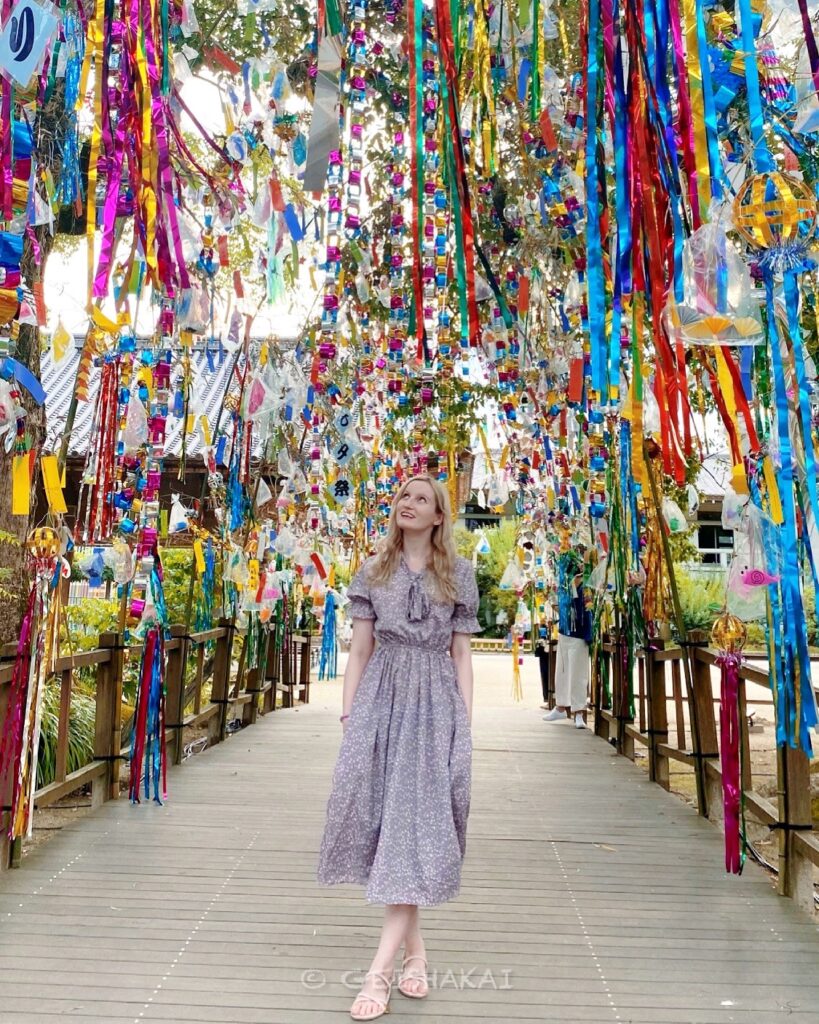
Nestled amidst the picturesque landscapes of Fukuoka Prefecture in Japan, the Dazaifu Tenmangu Shrine stands as a place of reverence and cultural significance. Each year, during the enchanting Tanabata Festival, this sacred site comes alive with vibrant decorations, captivating performances, and a sense of celestial wonder. Let’s discover the ethereal charm of Tanabata at Dazaifu Tenmangu Shrine.
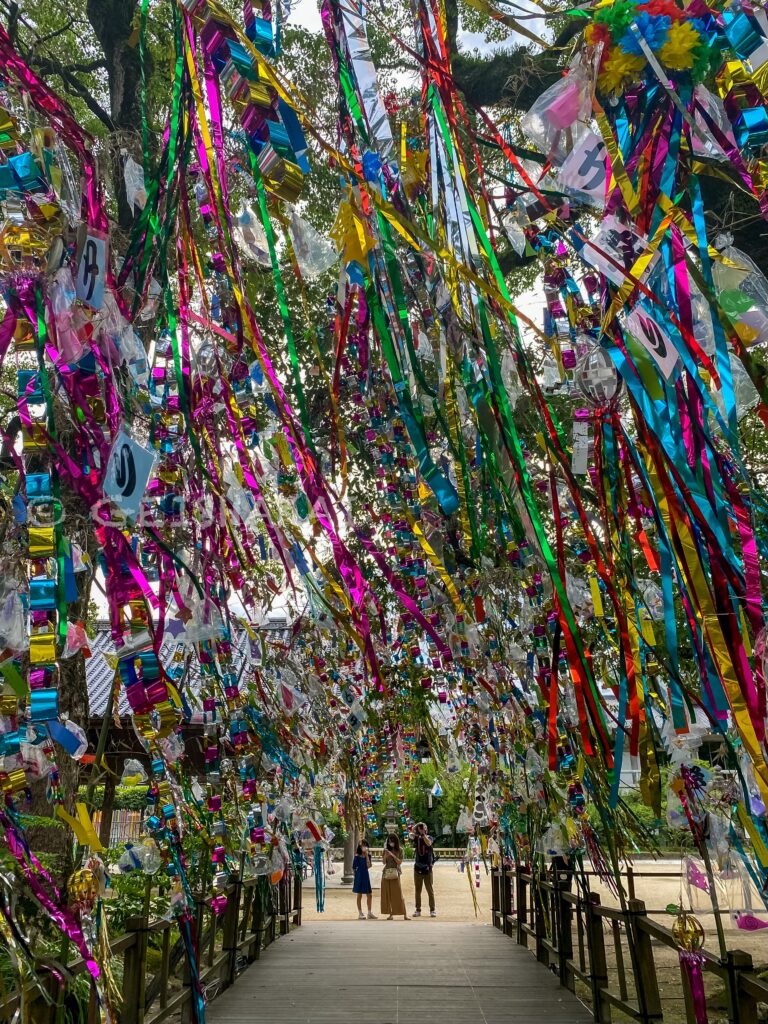
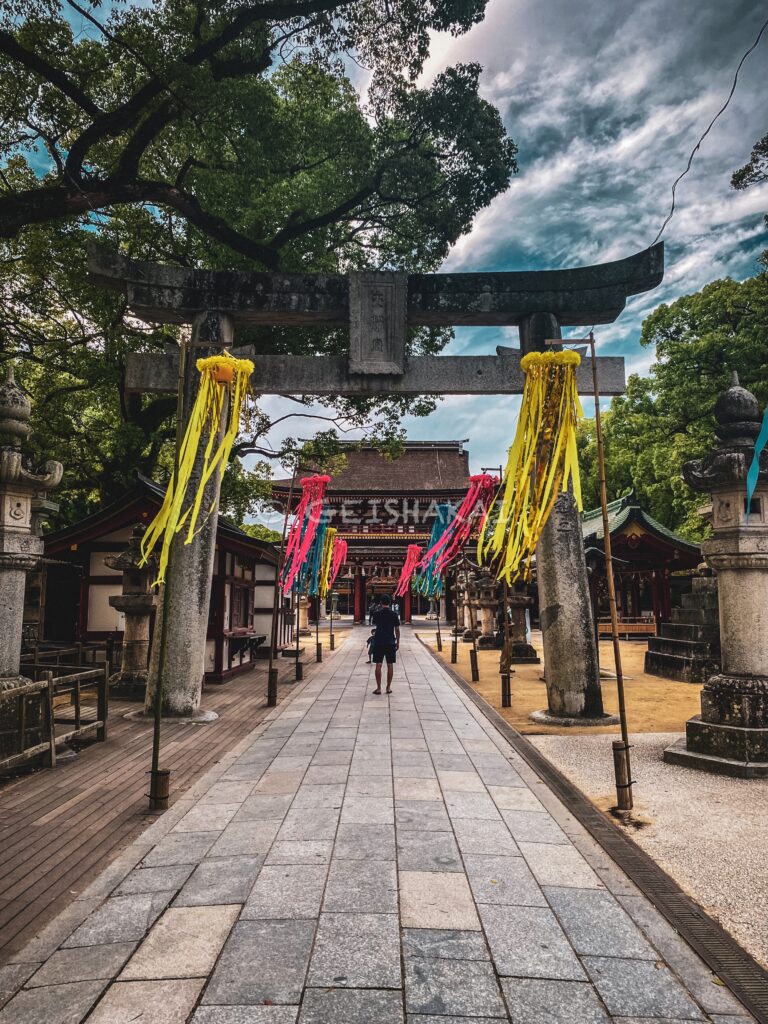

Japan’s rich cultural tapestry is woven with numerous vibrant festivals, each bearing its unique significance and charm. Among these, the Tanabata festival, also known as the Star Festival, holds a special place in the hearts of the Japanese people. Celebrated on the 7th day of the 7th lunar month, Tanabata is a time when the skies are filled with stars, and wishes take flight on the wings of hope.

The tale of Tanabata traces its origins to an ancient Chinese legend, which found its way to Japan during the Heian period. The story revolves around two star-crossed lovers, Princess Orihime (represented by the star Vega) and Hikoboshi (represented by the star Altair). These celestial beings fell deeply in love but were separated by the Milky Way, unable to meet except for one night every year.
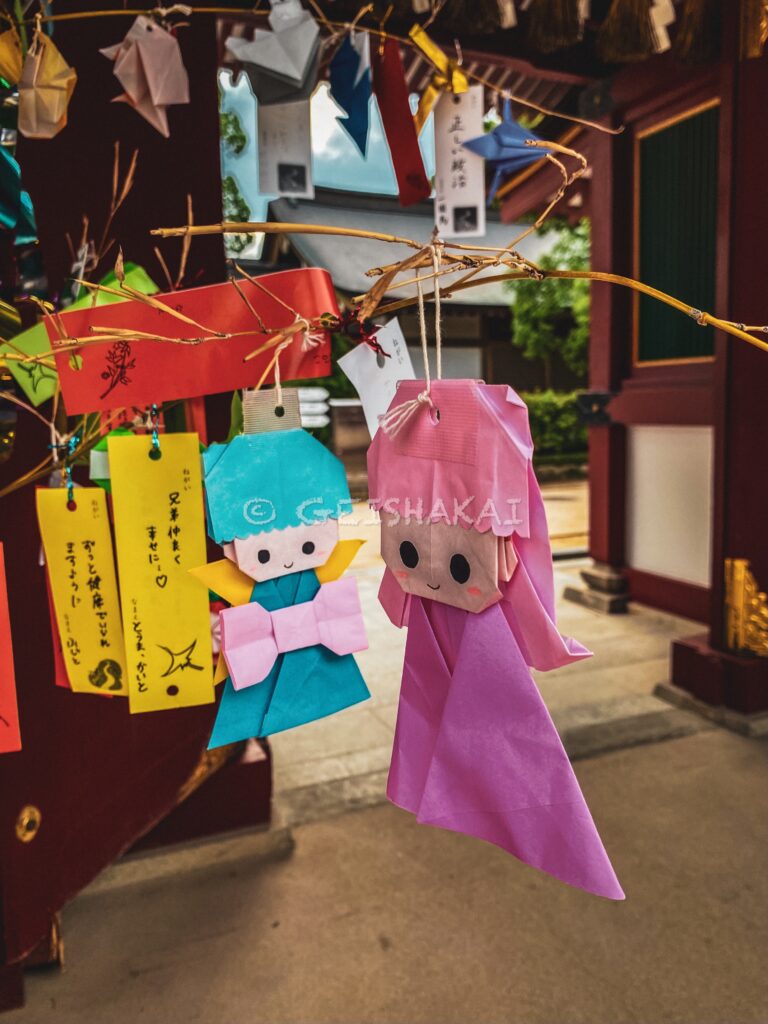
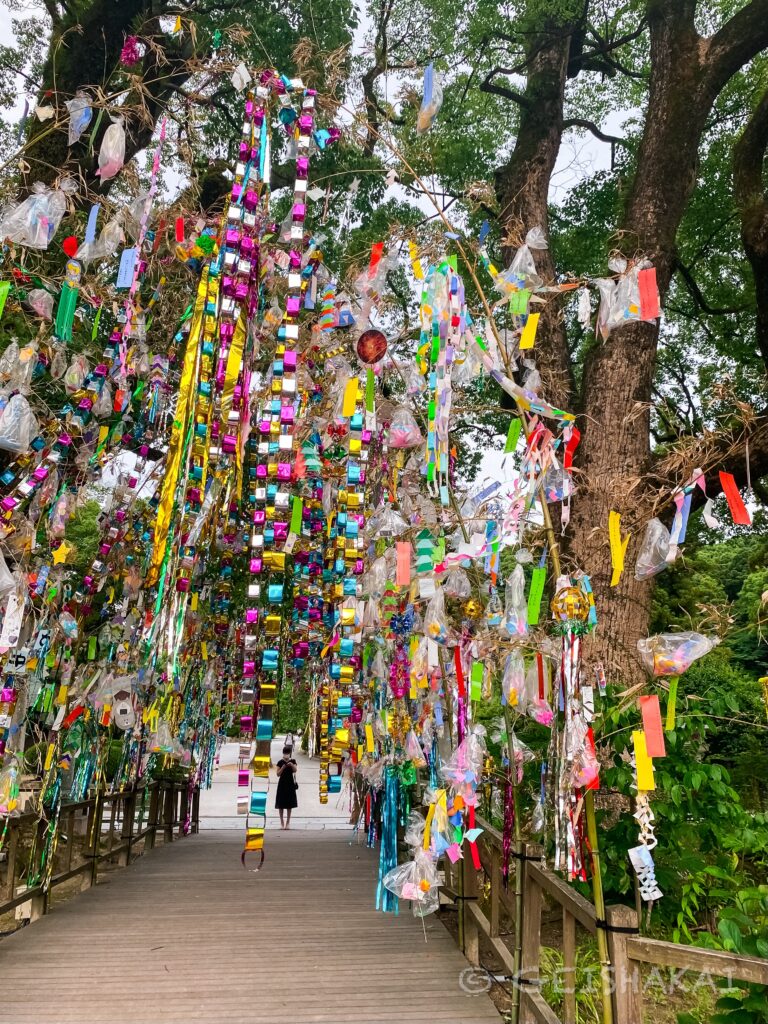
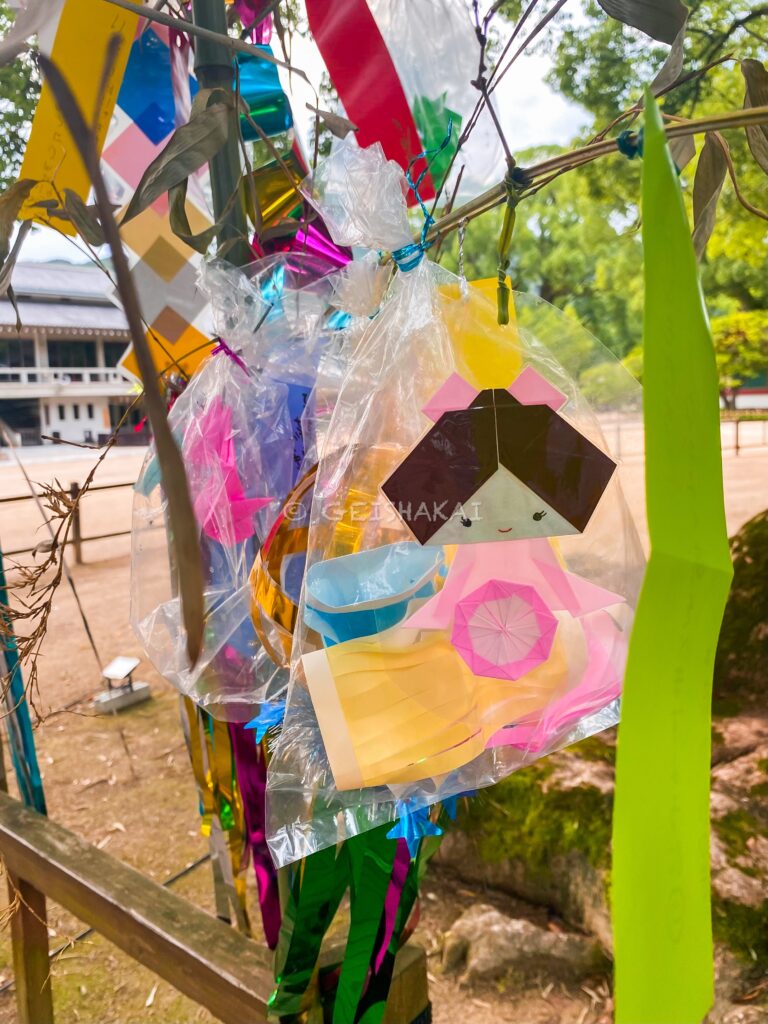
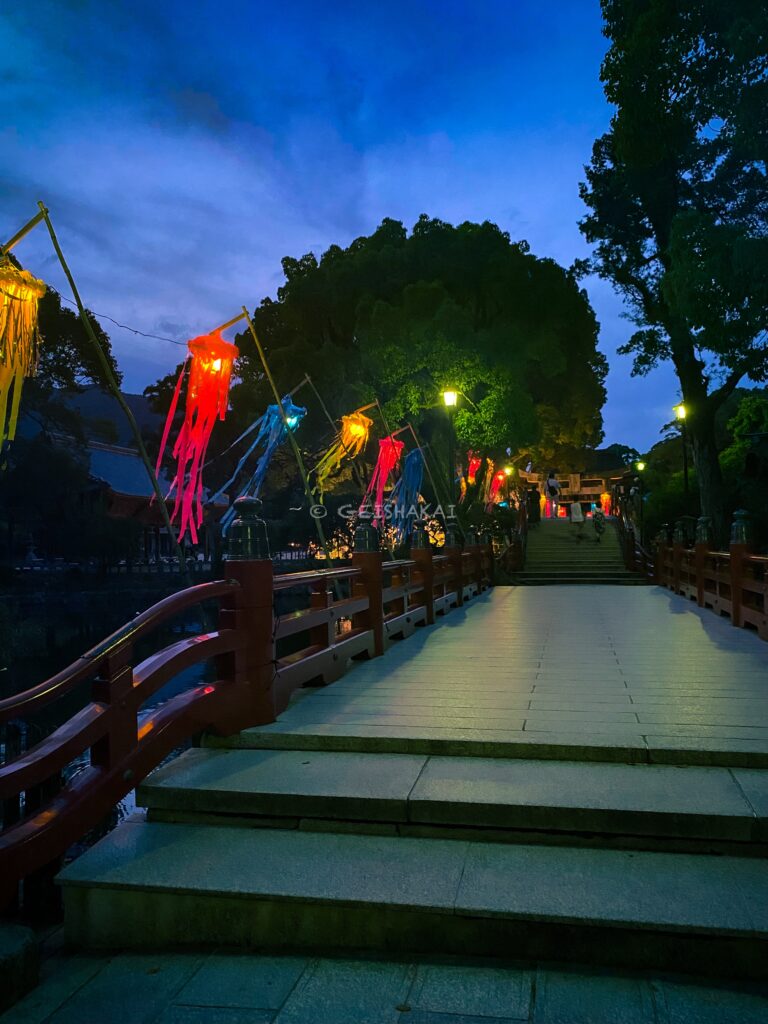
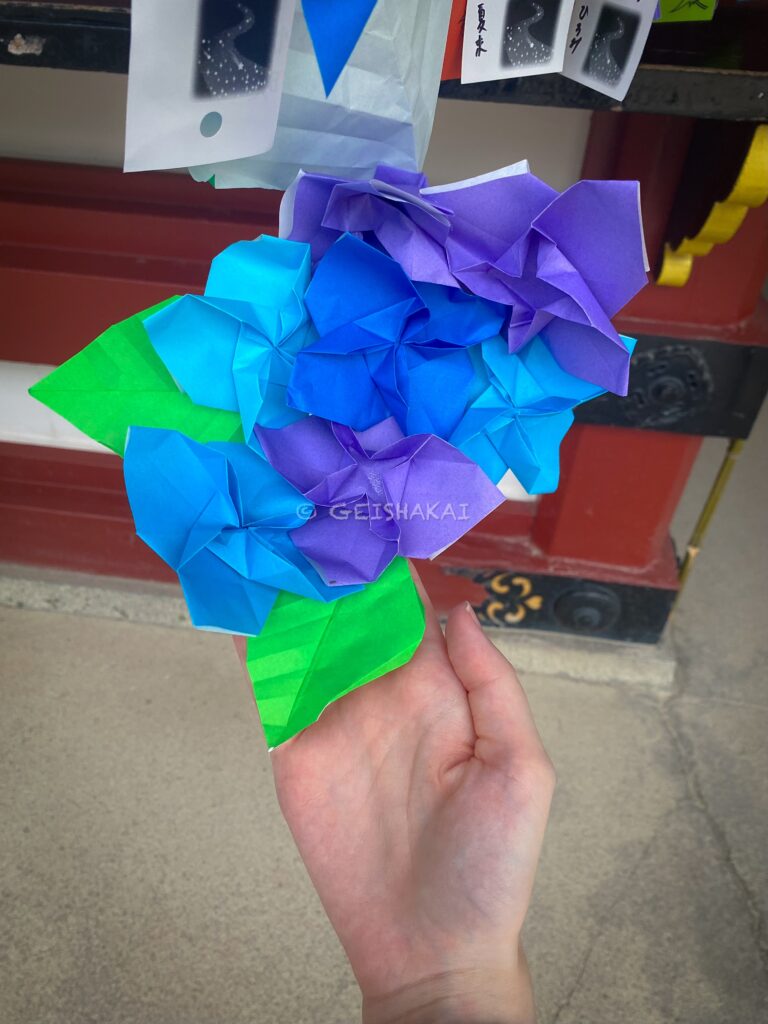
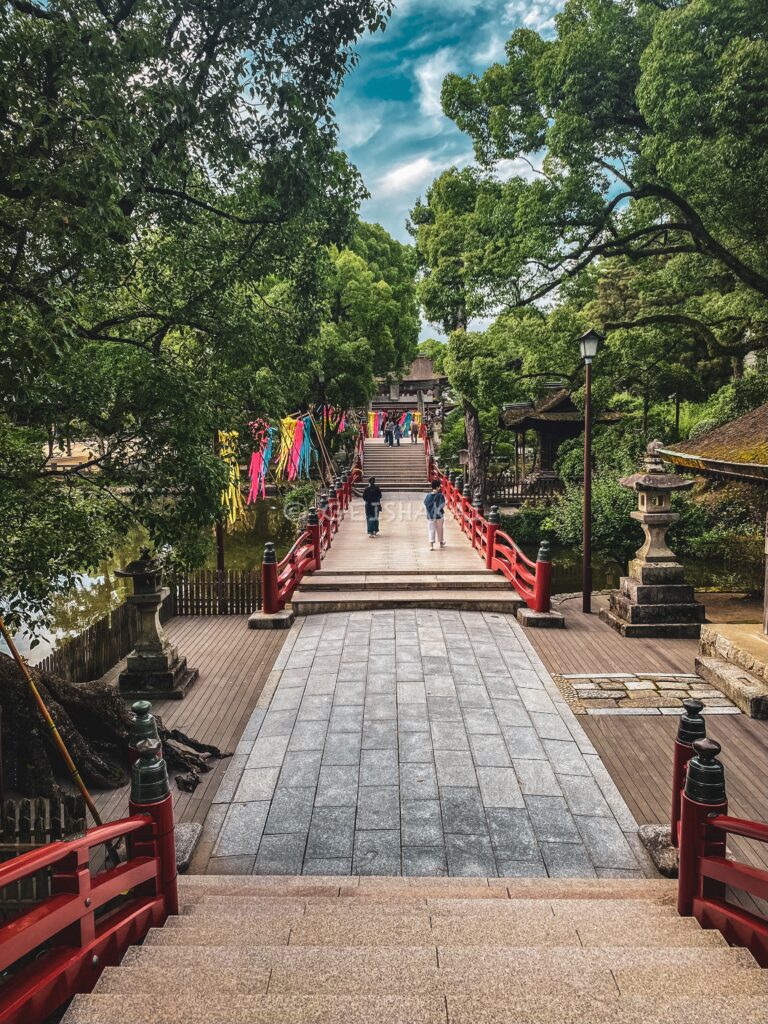
Dazaifu Tenmangu Shrine holds a special place in Japanese history and spirituality. Built in the year 905 AD, the shrine enshrines Sugawara no Michizane, a revered scholar and poet of the Heian period. He is fondly remembered as Tenjin, the deity of scholarship, education, and academic success. As such, the shrine attracts countless students and academics who seek blessings for their studies and examinations.
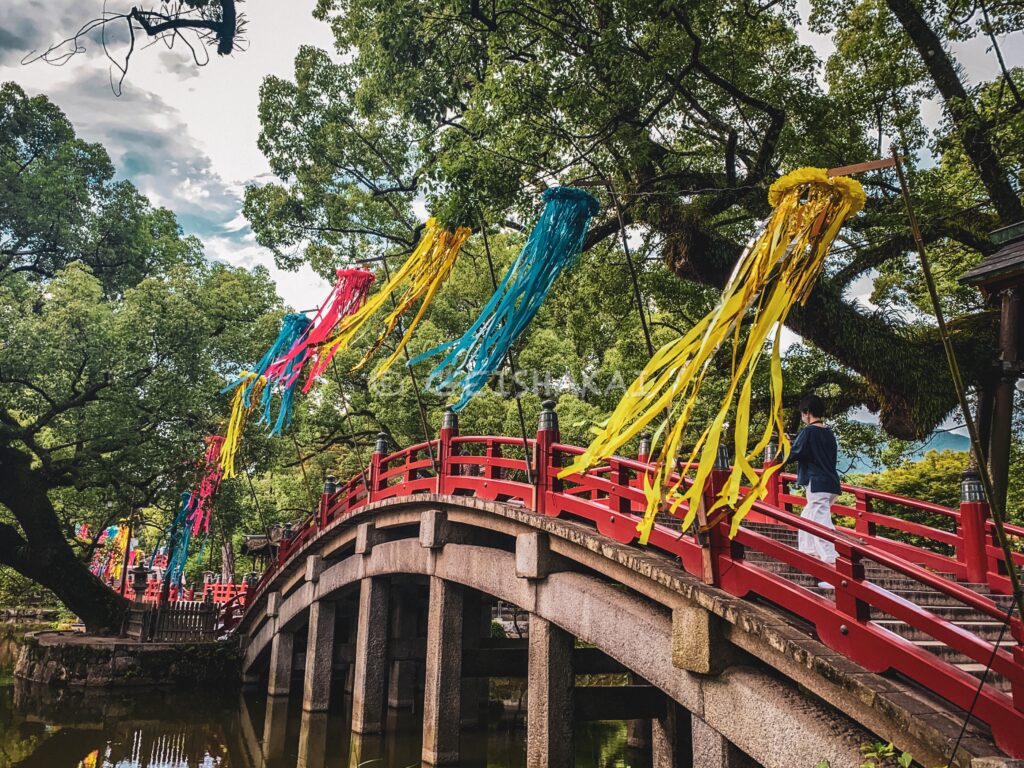
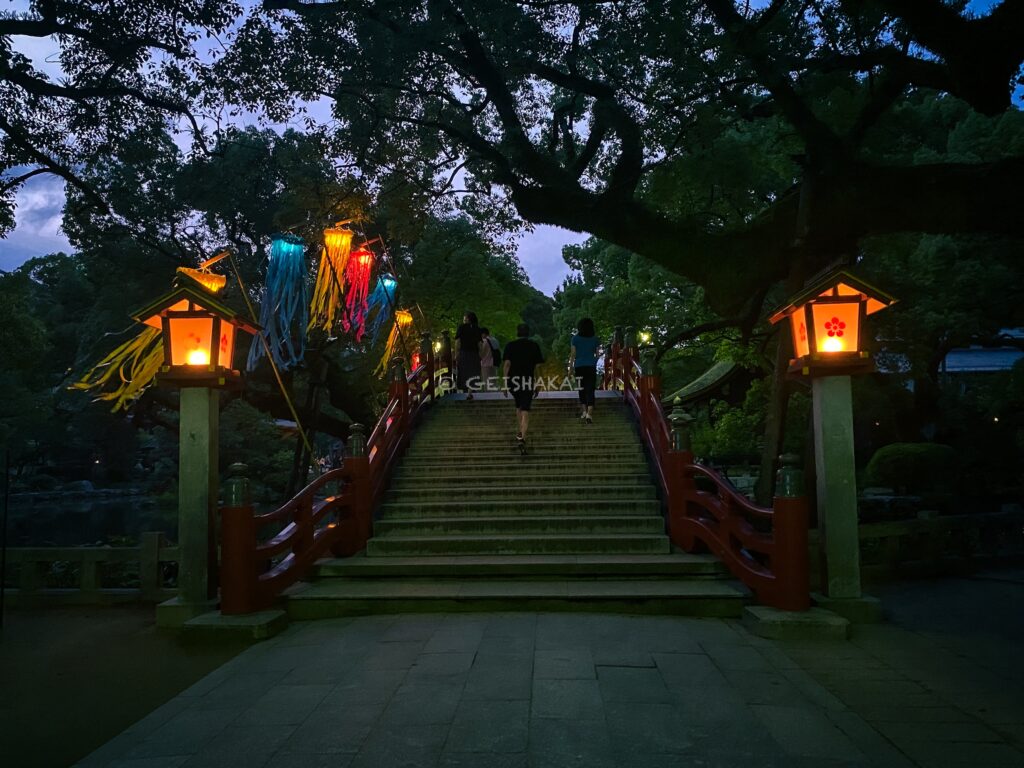

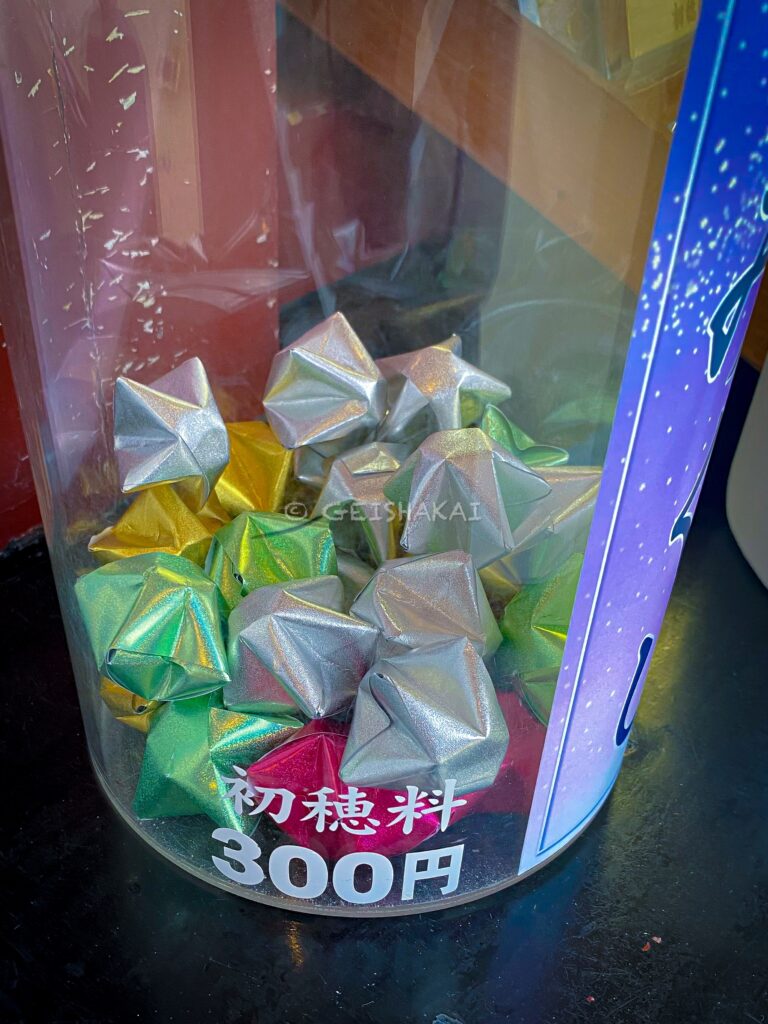
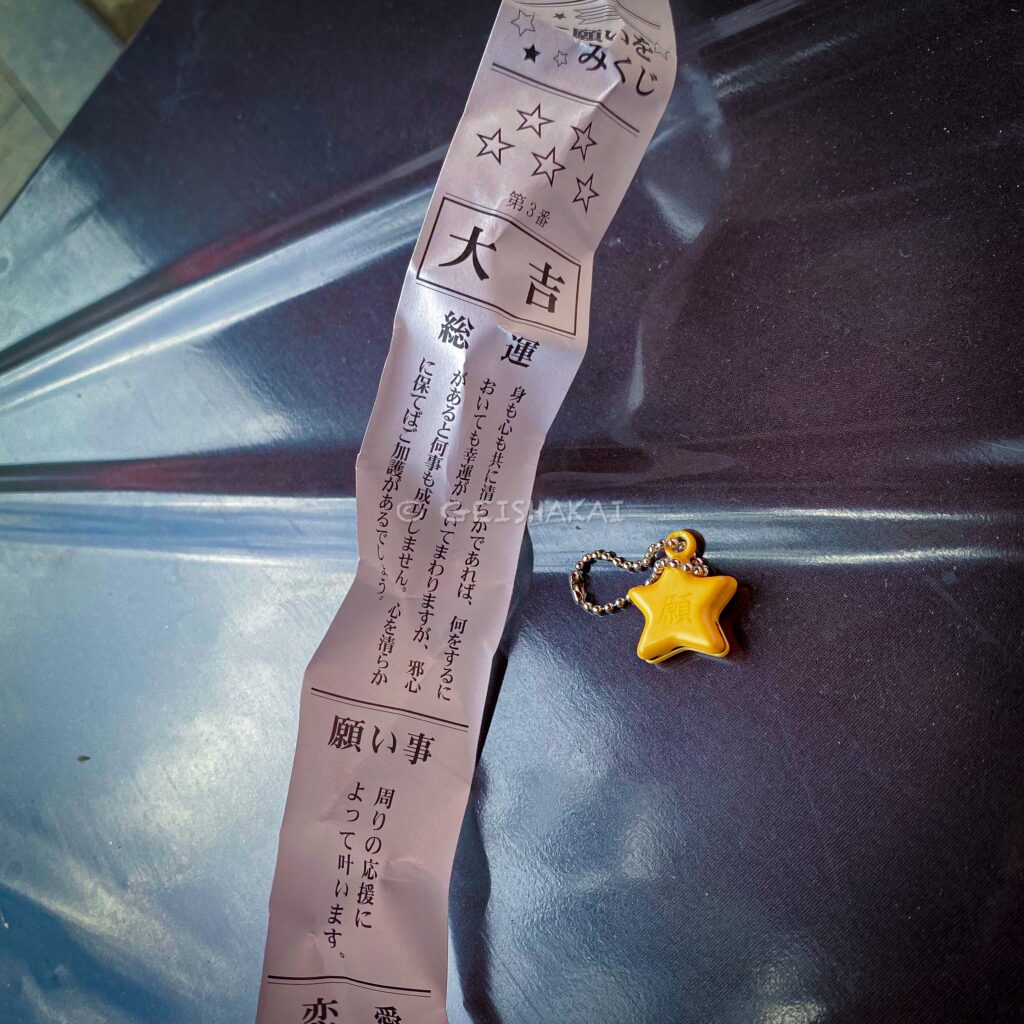
Every year on July 7th, the Tanabata Festival casts its enchanting spell over Dazaifu Tenmangu Shrine. The day begins with a sense of excitement, as visitors and locals alike gather to witness the vibrant festivities. The shrine precincts are adorned with splendid Tanabata decorations, setting the stage for a mesmerising spectacle like no other.
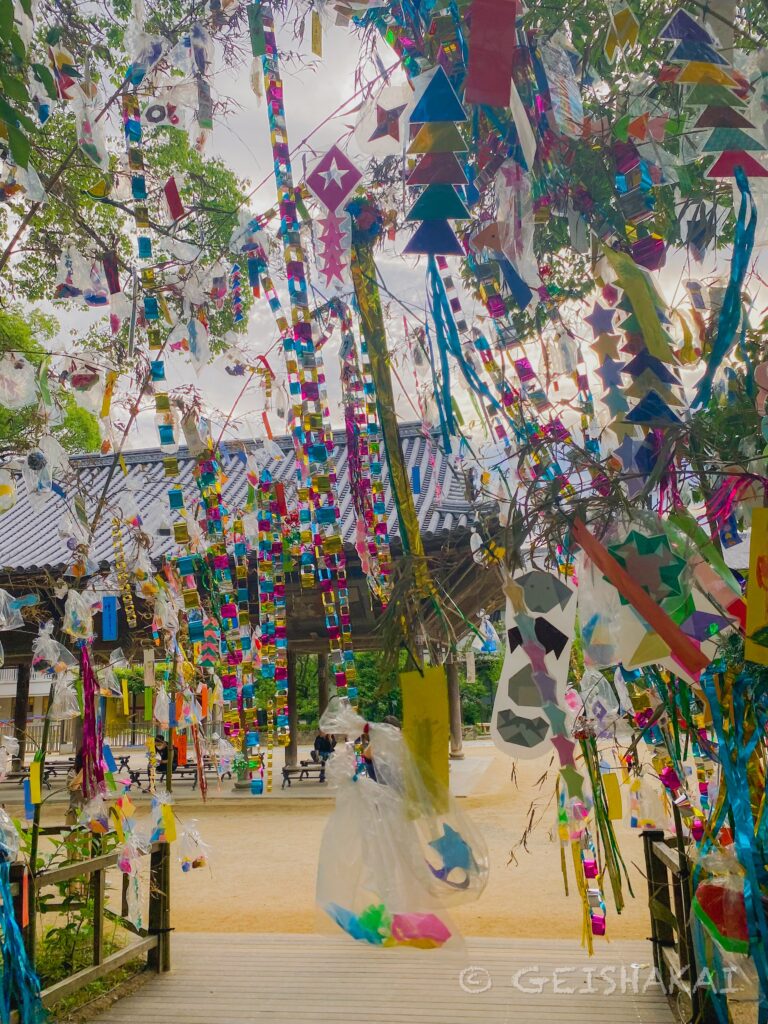


At the heart of the celebration lie the iconic “wishing trees.” Lush bamboo branches are beautifully adorned with colorful tanzaku, small pieces of paper on which visitors write their heartfelt wishes and dreams. With a gentle breeze carrying their aspirations, these tanzaku flutter gracefully, symbolizing the belief that the stars above will carry their wishes to the heavens. The wishes written on tanzaku vary from person to person. Some may wish for success in their studies or careers, while others yearn for good health, happiness, or love. The festival represents a time of hope and aspiration.

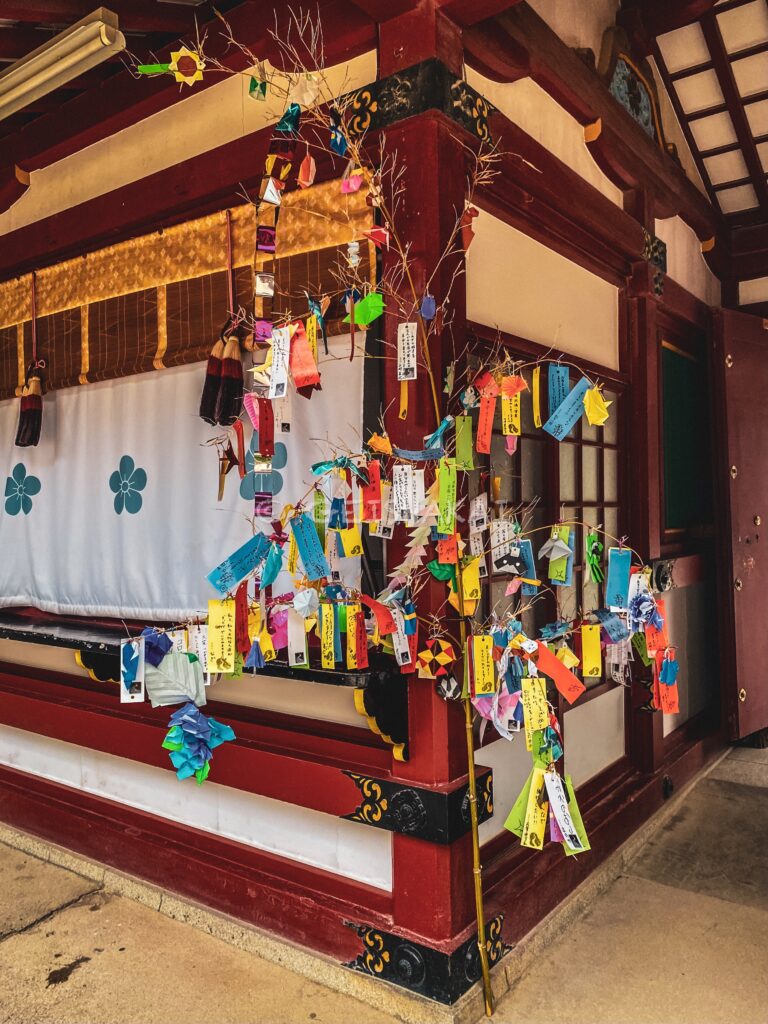
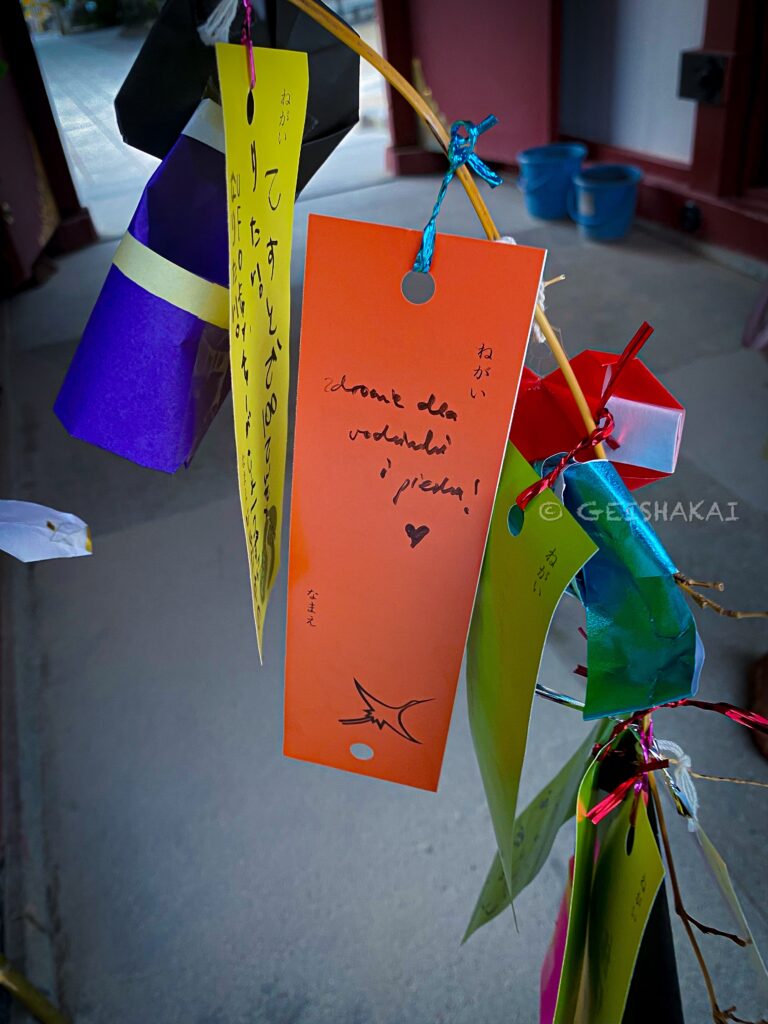
The Tanabata Festival at Dazaifu Tenmangu Shrine is a poignant fusion of cultural heritage, spirituality, and celestial mystique. As wishes intertwine with the stars and hearts fill with hope, visitors are reminded of the power of dreams and the boundless possibilities that the universe offers. It is a time of celebration, reflection, and renewed determination, where the celestial heavens embrace the earthly realm, creating a harmonious and unforgettable experience. Nevertheless, the most unusual highlight of Dazaifu’s Tanabata is one-of-a-kind evening performance of Yamaga Lantern Dance.


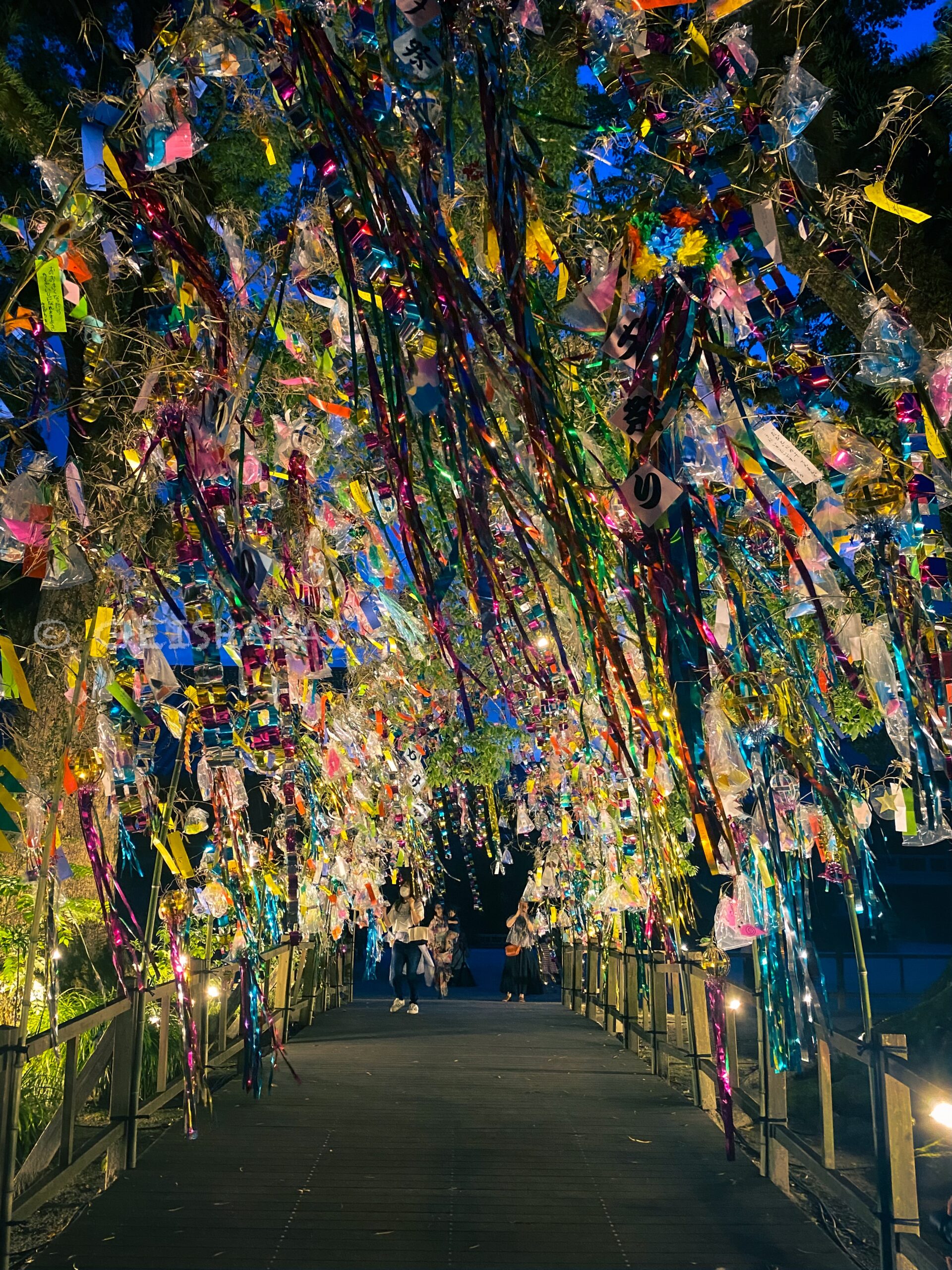
Yamaga Tōrō Odori (山鹿灯籠踊り) is a traditional Japanese festival that illuminates the night with a captivating display of lanterns and graceful dance. Held in Yamaga, a historic city in Kumamoto Prefecture, this annual event attracts visitors from all over Japan and beyond. Yamaga’s Kikuchi Castle (鞠智城) was a logistic base for the administration office in Dazaifu since the 7th century. Thus, these two cities became trade partners with an active exchange of goods, labour, and culture. For this reason, Yamaga Lantern Dance is performed at Dazaifu Tenmangu’s Tanabata each year by the Kumamoto’s representatives, Dazaifu’s local citizens, students, and anyone upon registration. I was also invited to experience the enchanting world of Yamaga Toro Odori and the magical atmosphere it creates, from a perspective of the dancer.
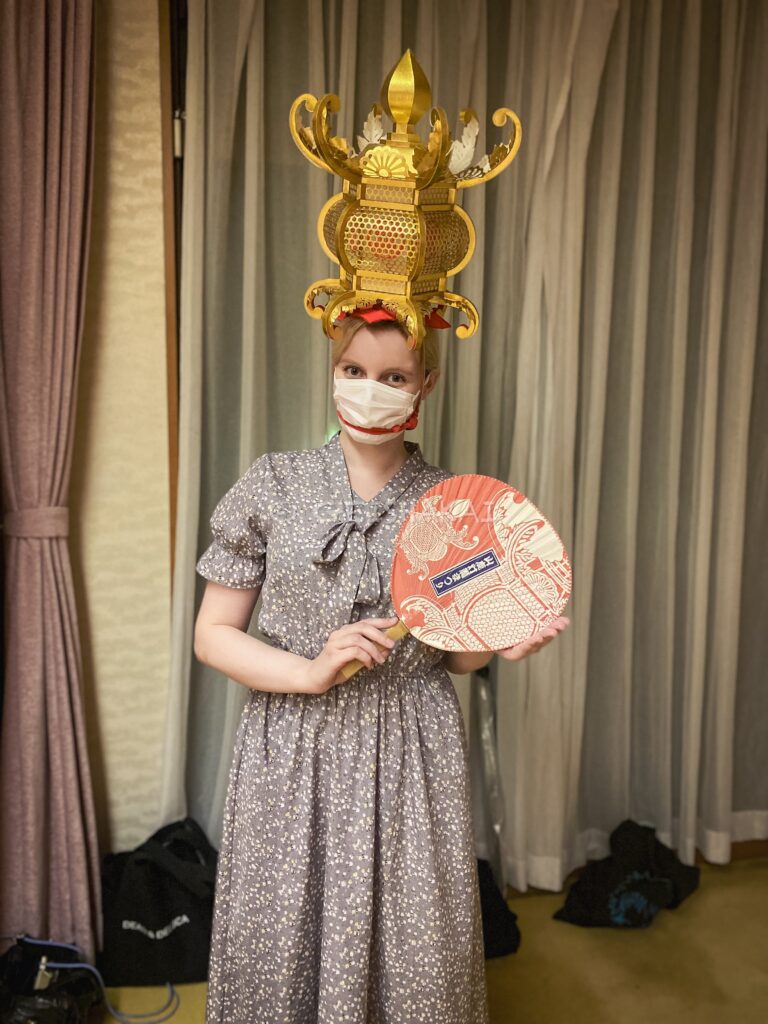
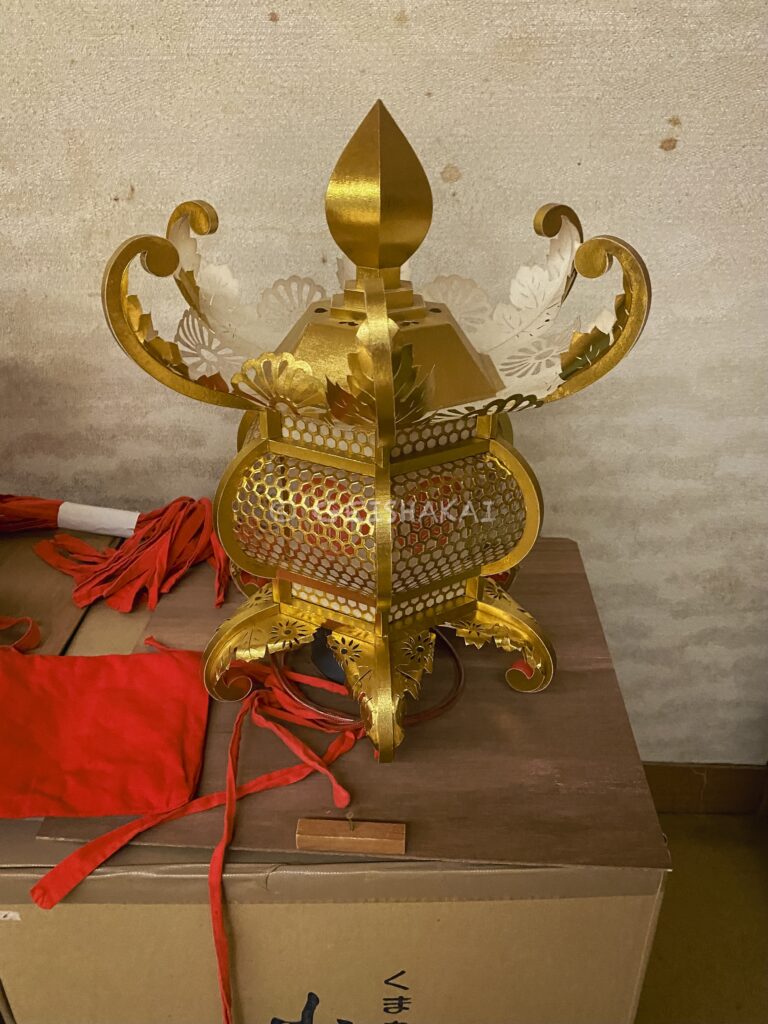
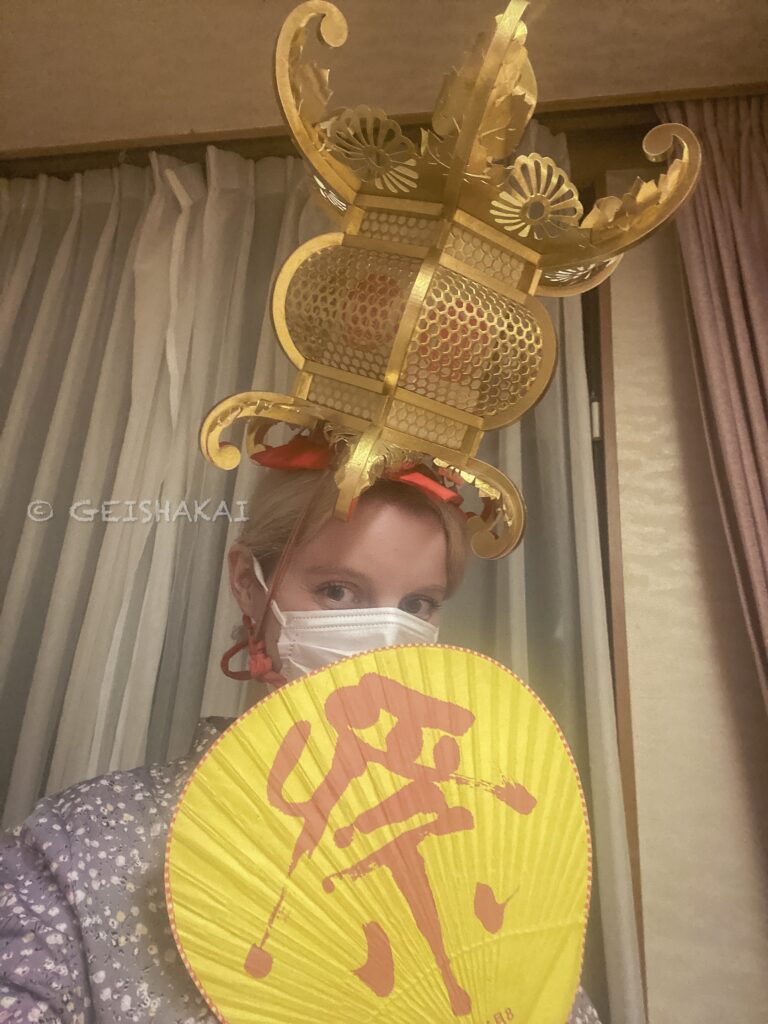
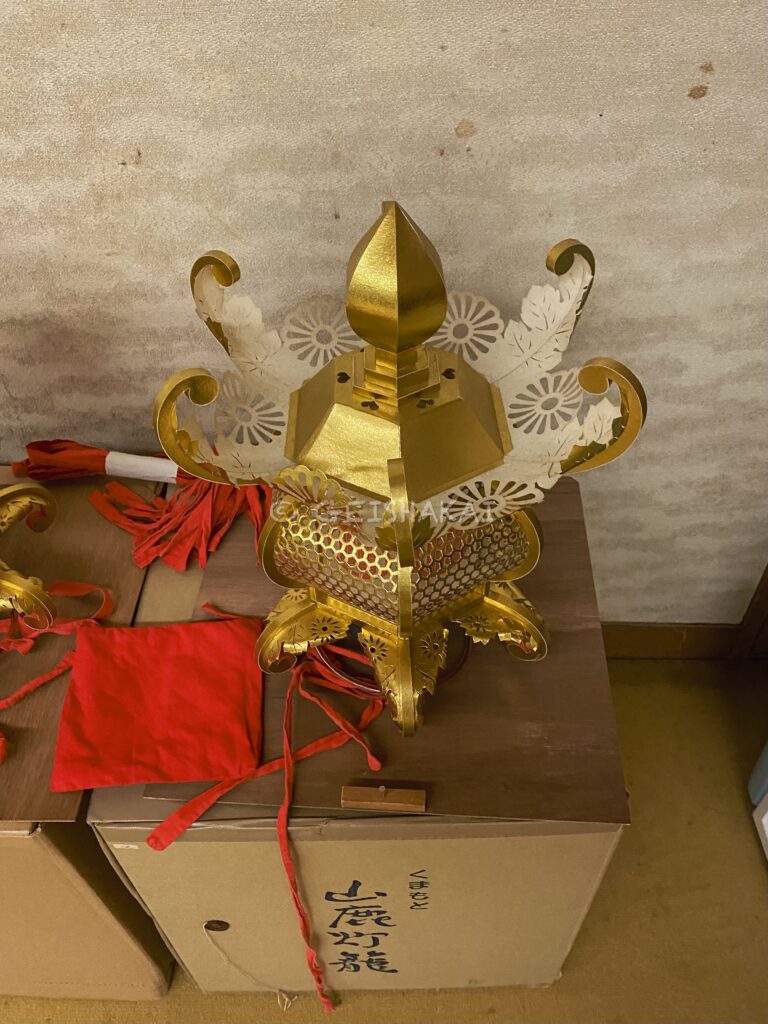
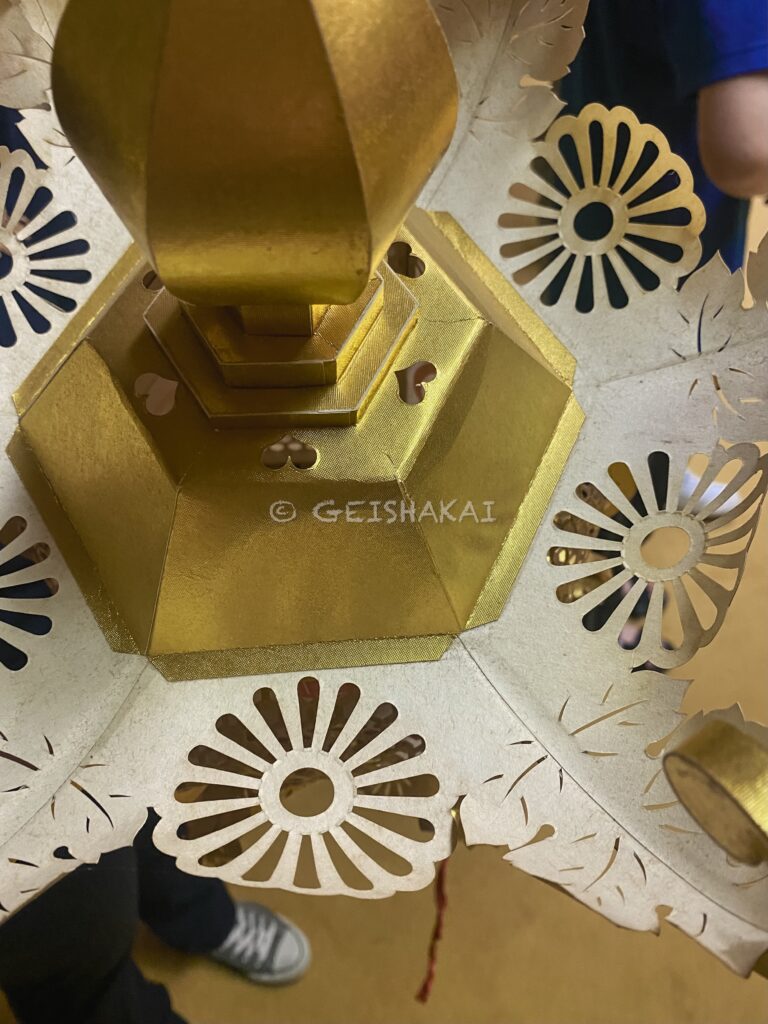
The origins of Yamaga Lantern Dance can be traced back to the Edo period (1603-1868). As a means of celebrating the end of Obon, a time to honor ancestral spirits, the festival was believed to provide a way for the departed souls to find their way back to the afterlife. Over the years, it evolved into a grand celebration, showcasing the rich cultural heritage of Yamaga.
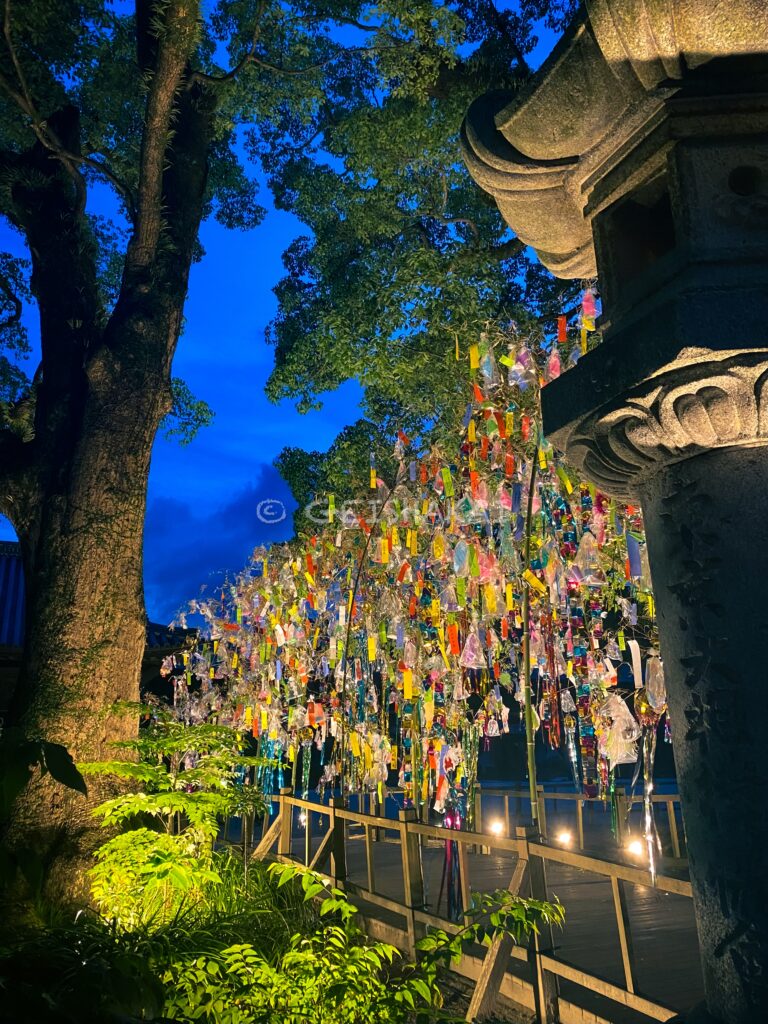

At the heart of Yamaga Toro Odori is the mesmerizing dance performed by both locals and visitors alike. Dancers don traditional yukata and gracefully move to the rhythm of traditional music, creating an entrancing spectacle. The dance embodies a sense of unity and harmony, as participants from different backgrounds come together to celebrate this cultural tradition.
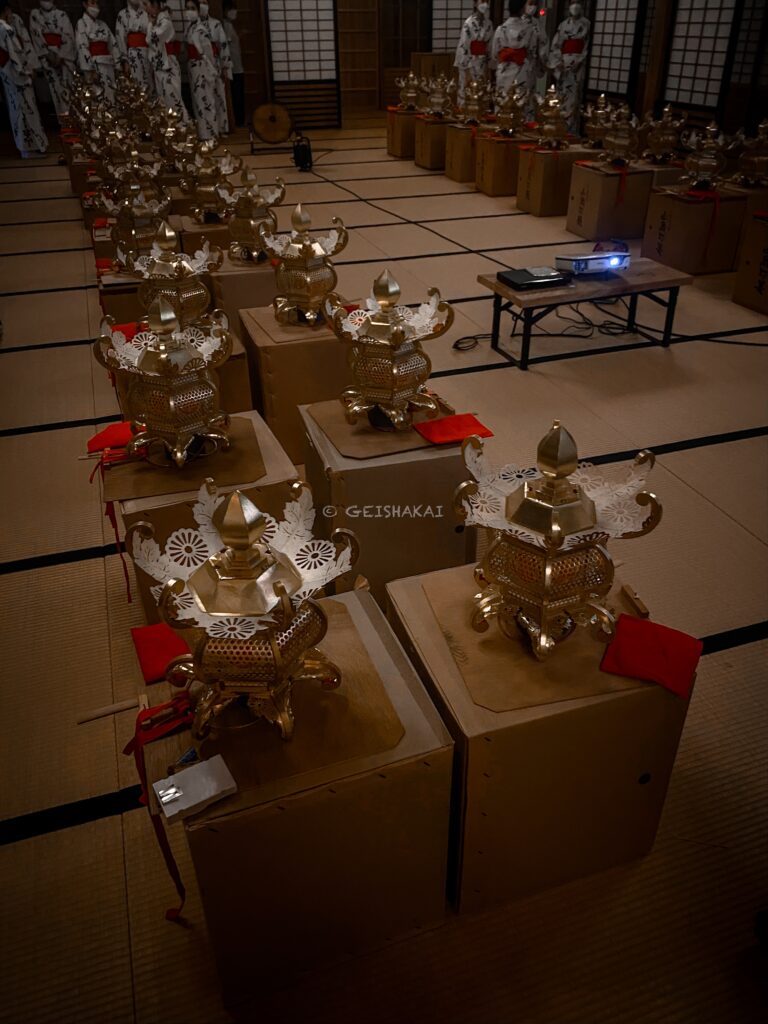
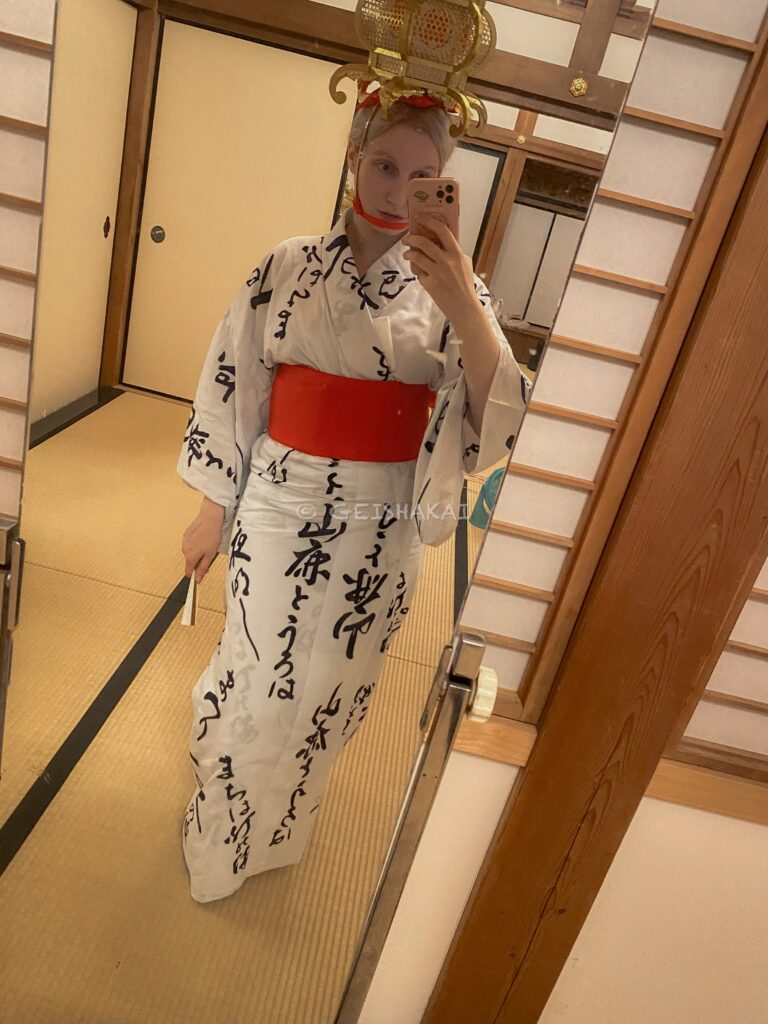
The true allure of this dance lies in the dazzling display of lanterns that illuminate the night sky. Elaborately designed paper lanterns, known as 山鹿灯籠 (Yamaga Tōrō), are worn on the dancers’ heads. These lanterns are not only decorative but also serve as symbols of hope and prayers for good fortune and prosperity.
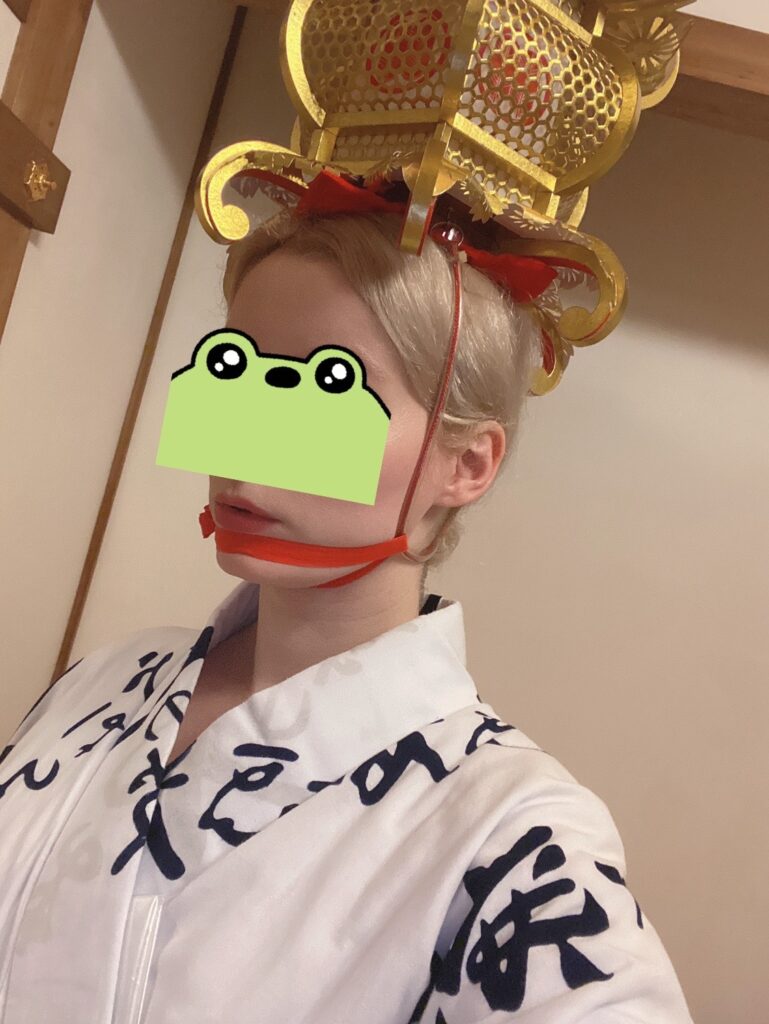

Local residents take great pride in organizing and participating in the event, passing down dance techniques and lantern-making skills from one generation to another. This dedication to preserving their heritage makes it an integral part of Kyushu’s identity.

If you find yourself in Fukuoka during July, make your way to Dazaifu Tenmangu Shrine and immerse yourself in the celestial wonder of Tanabata. Let your wishes take flight among the stars, and may Tenjin bless your aspirations with academic success, prosperity, and joy. Happy Tanabata!
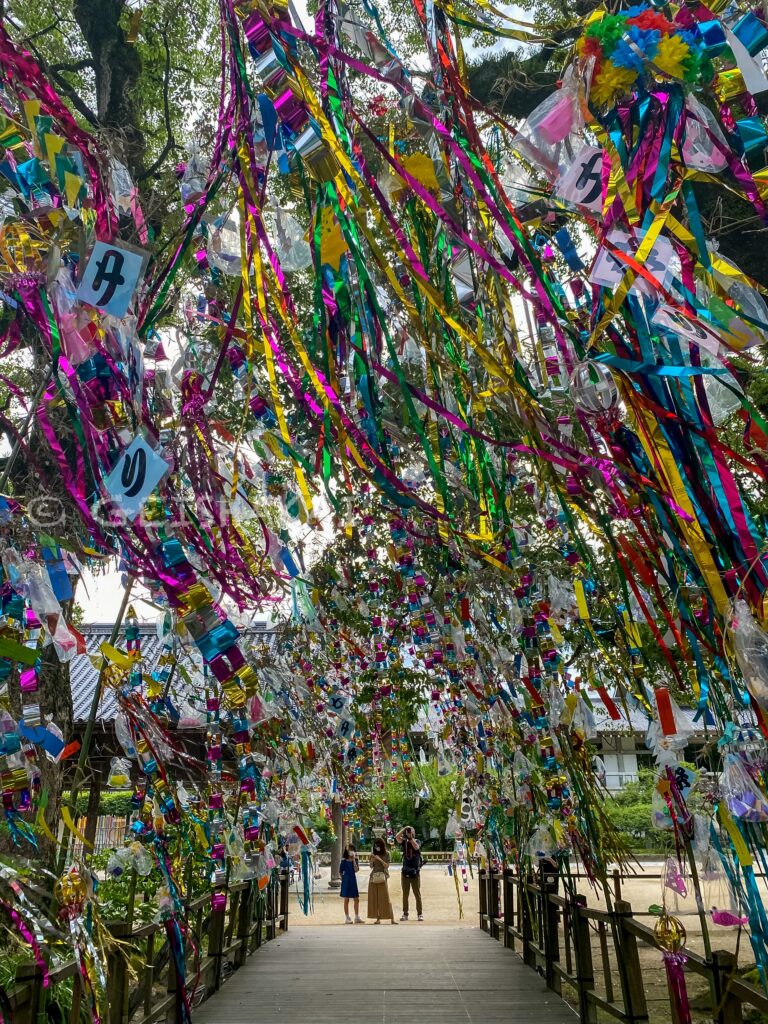

If you like this article, buy me a ramen or join me on Patreon! I don’t run any ads on my website so your support is the only way to keep it active ♡
太宰府天満宮 Dazaifu Tenmangu Shrine

I really like the hydrangea origami💙🩵💜